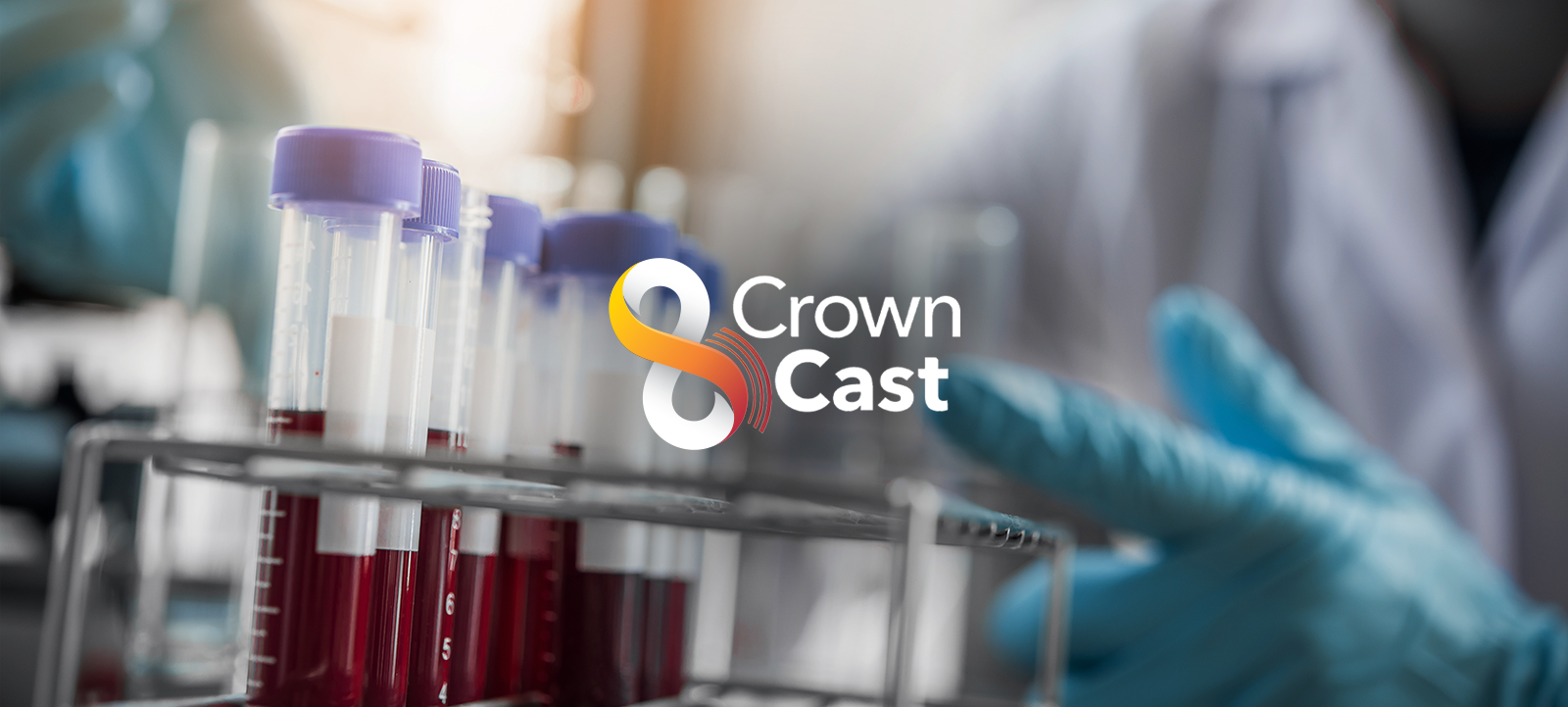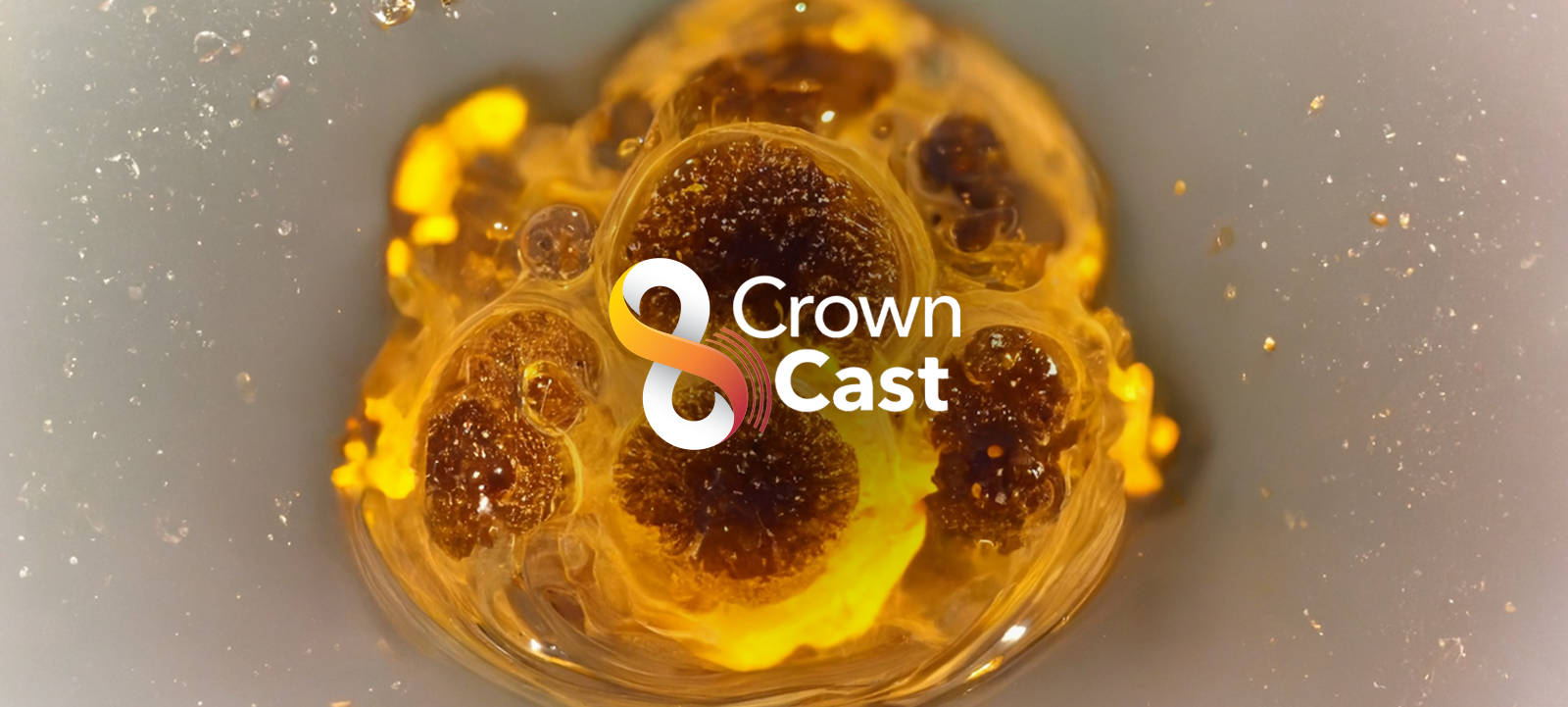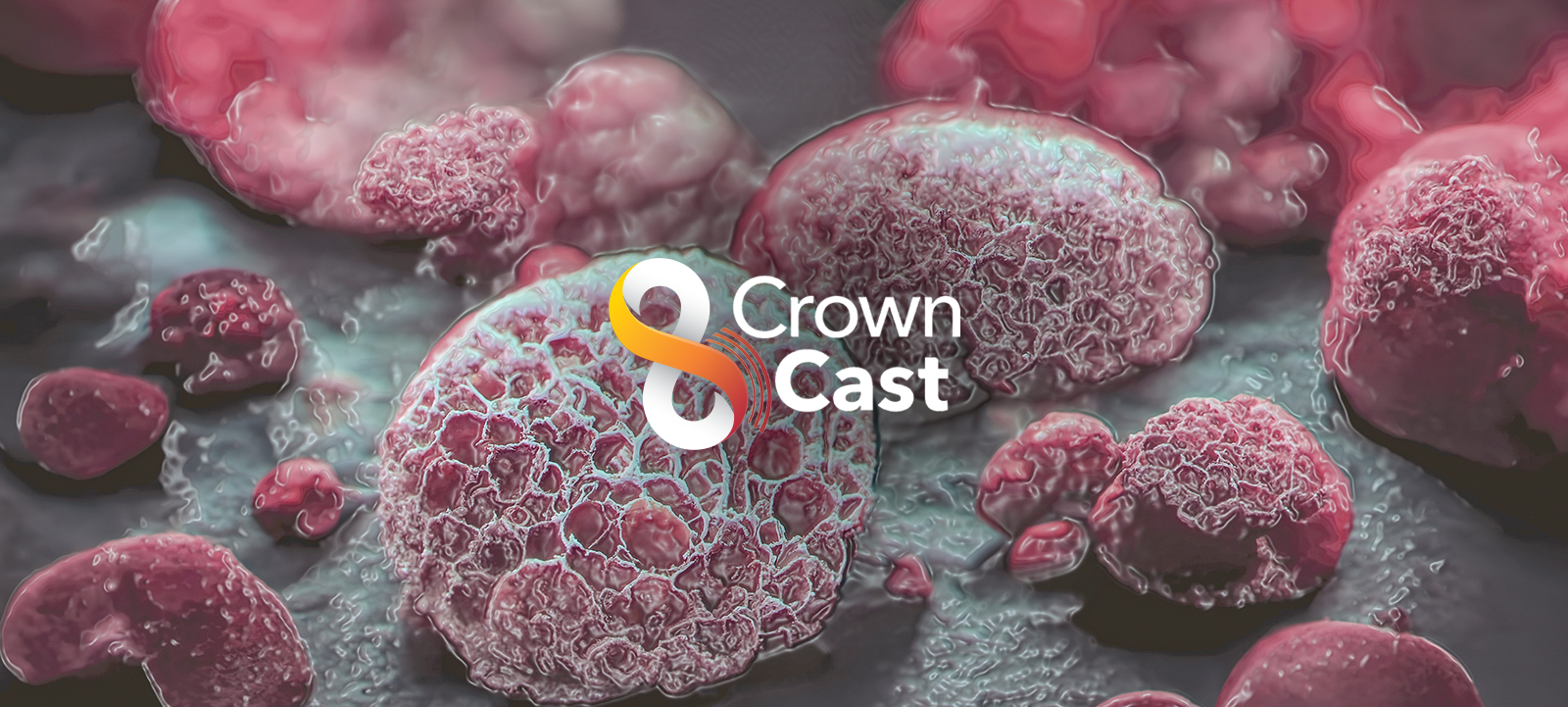In the relentlessly evolving landscape of drug discovery, modern technologies and groundbreaking methods are going beyond animal testing to ensure a more human-centric, efficient, and improved approach in terms of reliability. It's a journey that promises a more efficient future for pharmaceutical companies and, ultimately, patients worldwide.
Revamping Test Methods: A Leap Towards Non-Animal Approaches
The age-old practice of animal experiments is on the cusp of transformation. The shift is driven by a myriad of changes. Our expert guest, Professor Thomas Hartung, Chair of Evidence-Based Toxicology at Johns Hopkins Bloomberg School of Public Health provides his industry insights into new approaches drug discovery through technologies such as organoids and Artificial Intelligence (AI).
New developments like Microphysiological Systems (MPS) are particularly important, with MPS replicating the functionality of human organs and AI enriching predictions and speeding up drug design.
Embracing Regulatory Change: The Significance of the FDA Modernization Act
The FDA Modernization Act is a significant milestone offering leverage to non-animal methods in drug discovery. Pushing established boundaries, the law has successfully opened the doors for the FDA, regulated industries, and biotech companies to adopt better, more accurate testing methods. These laws are reflective of the growing acceptance among policymakers regarding the inevitable call for change.
Regulation transformation isn't limited to the US, with Europe too taking significant strides towards reducing animal testing. Such developments are bound to impact the Contract Research Organization (CRO) landscape, with CROs eventually becoming the bridge between the regulators and smaller companies looking for guidance.
Navigating Through Complexities: A Glimpse of Challenges and Solutions
Even as the demand for alternative drug discovery methods increases, replicating the functionality of these human-based organ models can introduce specific complexities. Despite these hurdles, the industry has made great strides. Developments in brain organoids, for instance, are unfolding opportunities and setting new benchmarks in drug development.
Conclusion
The drug discovery industry now stands at an inflection point. Accelerated by regulations and strong support from major institutions like the National Institutes of Health (NIH) and the Environmental Protection Agency (EPA), a shift is occurring from the traditional to the novel. This calls for massive collaboration across the industry, establishing standards that favor effective, human-relevant processes that go beyond animal testing.








